
Women with HIV are at higher risk of having potentially cancer-causing HPV in their anal canals, raising questions about how best to screen this population.

Women with HIV are at higher risk of having potentially cancer-causing HPV in their anal canals, raising questions about how best to screen this population.
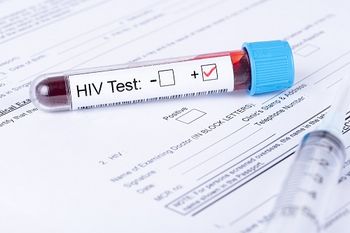
A study published in Oxford University Press evaluates the effectiveness of several HIV diagnostic tests.
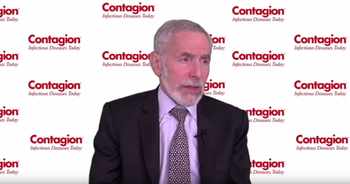
Kenneth Mayer, MD, discusses new therapies that may have a positive impact on pre-exposure prophylaxis adherence and treatment.

Benjamin Young, MD, PhD, explains the Fast-Track Cities initiative.

Although advances in HIV treatment mean many people with the condition are able to achieve viral suppression and display no outward signs of illness, kidney disease is still a fairly common occurrence in those who are infected.

The National Institutes of Health (NIH) is looking to determine whether Zika virus infection poses an additional risk in women whose pregnancies are already complicated by HIV.
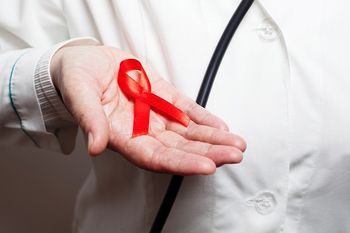
A group of researchers examine the feasibility of a low-resource behavioral intervention created to promote retention in HIV care.

A look into how health information exchange interventions are beneficial in HIV care; the discovery of 3 mutations that could help the bird flu spread among humans; news about a new patch formulation for the flu vaccine; progress towards an HIV vaccine; and information on an interactive map that visualizes the US HIV epidemic, make up the Top 5 articles for this week.

New HPV vaccine recommendations from the World Health Organization, information on a new once-daily treatment for HIV, the potential underestimation of tick-borne diseases in the Western United States, norovirus outbreaks in California schools, and how reservoirs of latent HIV hinder the quest for a cure, make up the Top 5 articles for the month of June 2017.

A recent study suggests that in vivo corneal confocal microscopy can be used to assess HIV-associated sensory neuropathy, a disorder that is increasing worldwide.

HIV surveillance data is being used to populate an interactive map, capable of depicting the impact of HIV and mortality in the United States on national, state, and local levels.
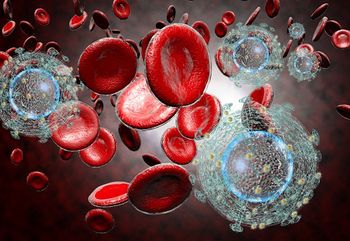
A study has found that health information exchange interventions are beneficial in several ways when it comes to HIV care.

Scientists from The Scripps Research Institute and the La Jolla Institute for Allergy and Immunology may have found the best delivery mode for a vaccine against HIV.

Kenneth Mayer, MD, discusses the current challenges of improving pre-exposure prophylaxis delivery and adherence in the United States.

Opponents of the Medicaid cuts included in the American Health Care Act (AHCA) argue the cuts will significantly impact individuals living with HIV/AIDS as 40% of them depend on the government healthcare program for care.
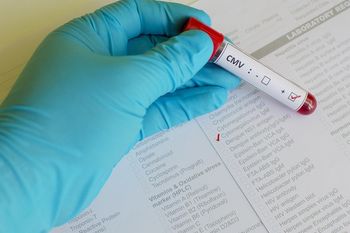
A new study shows that HIV-positive women with cytomegalovirus (CMV) are more likely to transmit HIV to their infants.

Seniors are at increased risk of hepatitis B, hepatitis C, and HIV. Prevention and early detection of potential infection are critical to avoiding long-term impact.

A new $25 fee for HIV and STI tests in Mississippi may be just one more barrier to testing faced by a low-income, high-risk population.

Six members of the Presidential Advisory Council on HIV/AIDS (PACHA) recently resigned in protest of the current administration’s healthcare policy.
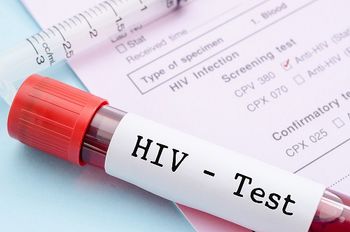
Obstacles to achieving durable HIV remission in lower- and middle-income countries affects these nations’ ability to carry out needed research.
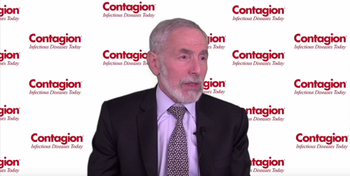
Kenneth Mayer, MD, shares some of the common concerns individuals have regarding the use of pre-exposure prophylaxis as protection against HIV.
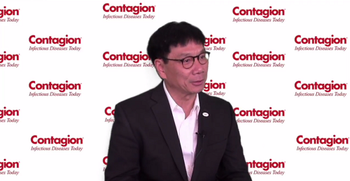
Benjamin Young, MD, PhD, shares how many catalysts for the HIV epidemic exist within cities.
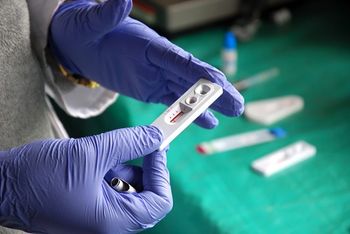
The results of a new study in the Journal of the American Medical Association (JAMA) provide strong evidence that the goals of the United Nation’s Program on HIV/AIDS (UNAIDS) are indeed possible.

Superbugs, Zika, antibiotic development, C. difficile, and HIV are the article topics making up this week’s Top 5 articles.

May's top articles included news on HIV, Lyme disease, updates to nosocomial pneumonia guidelines, and more.